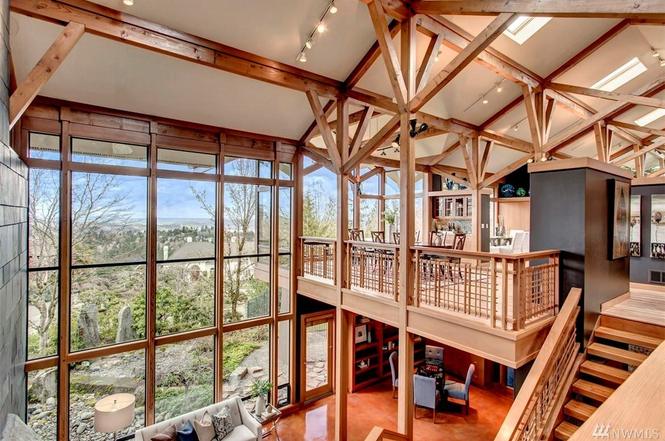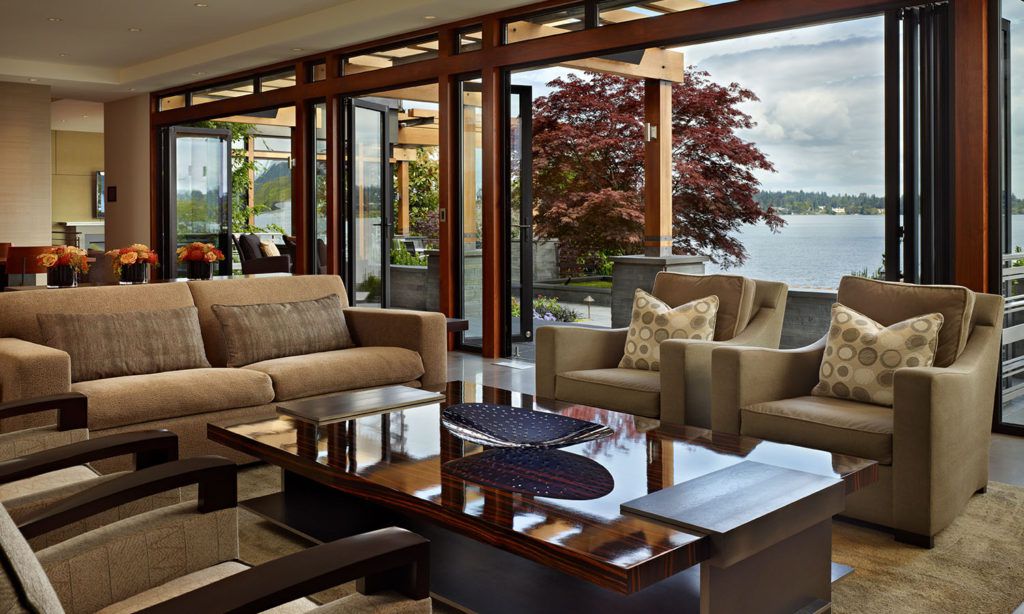“Come forth into the light of things. Let nature be your teacher.”
Walt Whitman
Home design is much more than creating a beautiful space. It’s the art of crafting a space that works for you, and it challenges us to consider how we can merge healthy living and architecture.
Natural light is one of the most abundant and accessible features you can add to any home. It transcends passing fads. It compliments any design style. It highlights beauty. It adds to the health and quality of life for everyone who uses that space. And as we progress into the 21st century, more and more homeowners are prioritizing their desire for a light-filled home.

In architecture and interior design, we place specific emphasis on a need for daylighting, that is, using natural light to illuminate interior spaces. While there are countless design tactics to welcome natural light into a space, we’ll first explore how natural light is central to a healthy home.
Well-being
Daylighting has a tremendous impact on health and lifestyle. One study revealed that individuals who spend most of their waking hours exposed to daylight are significantly more alert at the beginning of the evening and those who spend their days under artificial light experience greater levels of sleepiness.
Other research suggests a link between prolonged exposure to artificial light and obesity. Natural light reduces the inclination to overeat and encourages increased movement and engagement with the outside world.
Fresh Air

Daylighting contributes to fresher, cleaner air throughout the home. A lack of natural light is one of the most common causes of stale smells within a home. However, sunlight naturally kills bacteria and mold. Windows, window walls, and French doors offer great architectural solutions to maximize sunlight and, in the summer, circulate fresh air throughout the home.
Efficient
Daylighting contributes to a greener, more sustainable home design. As technology advances and high-quality glass materials continue to evolve, daylighting becomes a practical solution for home energy usage. Inviting natural light to flood the home reduces reliance your home’s daytime energy usage.
As you plan for your dream home, consider how your home design can optimize your health and lifestyle choices. It’s part of looking at the big picture of home design and merging healthy living and architecture.